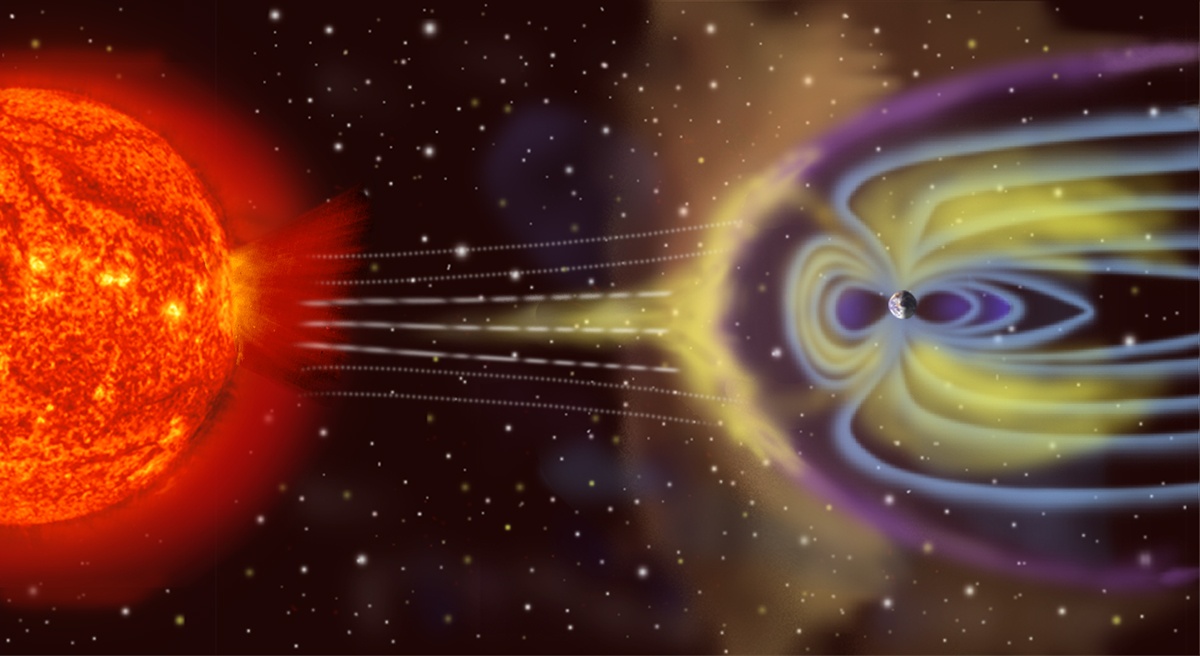The extrasolar planet census recently passed a major milestone, with 5500 confirmed candidates in 4,243 solar systems. With so many exoplanets available for study, astronomers have learned a great deal about the types of planets that exist in our galaxy and have been rethinking several preconceived notions. These include the notion of “habitability” and whether Earth is the standard by which this should be measured – i.e., could there be “super habitable” exoplanets out there? – and the very concept of the circumsolar habitable zone (CHZ).
Traditionally, astronomers have defined habitable zones based on the type of star and the orbital distance where a planet would be warm enough to maintain liquid water on its surface. But in recent years, other factors have been considered, including the presence of planetary magnetic fields and whether they get enough ultraviolet light. In a recent study, a team from Rice University extended the definition of a CHZ to include a star’s magnetic field. Their findings could have significant implications in the search for life on other planets (aka. astrobiology).
Continue reading “Planetary Habitability Depends on its Star’s Magnetic Field”
